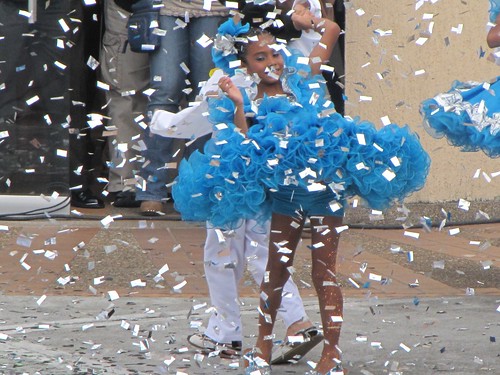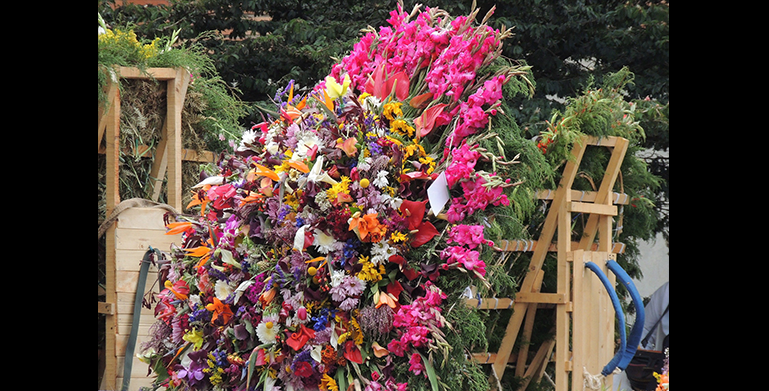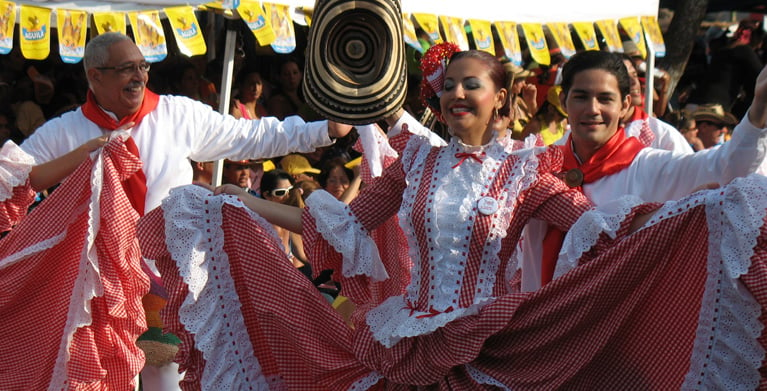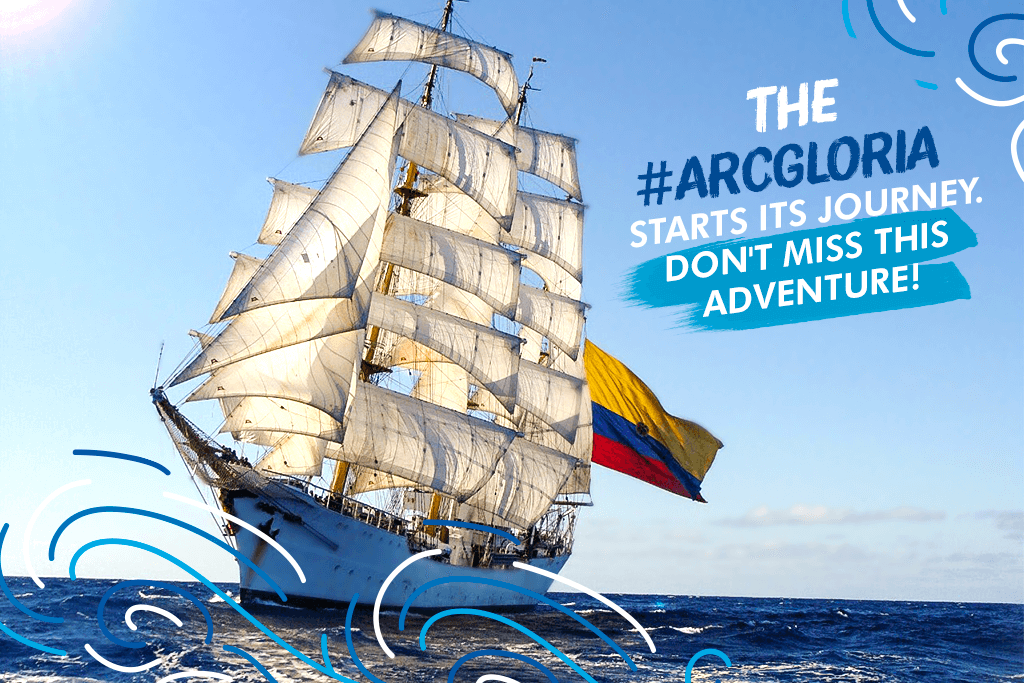New year is a time of reflection, celebration and planning new adventures so where better to celebrate the passing of the old, and the welcoming of the new, than a Colombian festival? Colombia is in full-on party mode every festive season so there are plenty of colorful carnivals and fairs to choose from. Here are the nation’s favorites:
The Cali Fair
The Feria de Cali is a sight to behold, an end-ofyear extravaganza that began as a traditional Spanish bullfighting festival in 1957 with horse parades, ballroom dancing and beauty pageants thrown in for good measure. Nowadays it’s an all-out street carnival with some of the world’s greatest salseros.
Santiago de Cali, which has some two million inhabitants in the sugar-rich Cauca Valley, is already known as the “Capital of Salsa” but its collective feet come alive at Christmas and New Year, with public concerts and private presentations and the world’s most famous salsa musicians from the United States, Cuba, Puerto Rico, Venezuela, Europe and, of course, Colombia.
The fair’s most popular event is probably the Salsodromo, a mile-long parade that features hundreds of dancers performing the fast and foot-blurring “Cali-style” salsa. The main celebrations begin on December 25th and run to around December 30th with the more traditional events, such as bullfighting, continuing into the new year.
Photo: Ben Bowes
The Black and White Carnival
Pasto’s Carnaval de Blancos y Negros is one of Colombia’s most famous festivals. It has some roots in indigenous harvest rituals but really began in 1607 when a slave rebellion forced the Spanish Crown to declare a “rest day” in Popayán on January 5th. The city’s black residents took to the streets, dancing to African music and daubing the walls. The celebration really took hold in Pasto, Nariño, where, three centuries later, on January 6th 1912, well-to-do folk covered themselves and others with face powder and yelled: “¡Que vivan los Negros y que vivan los Blancos!” (Hurray for the Blacks! Hurray for the Whites!) and today’s festival was born. Nowadays
Nowadays it’s a UNESCO-recognized riot of color and chaos with artistic and exuberant street parades, and games where everyone ends up either doused in water or covered in powder and foam. January 4th is the Castaneda Family Parade, in period costume, whereas January 5th is Día de los Negros, when participants cover themselves in black and celebrate all races and social classes and January 6th is Día de los Blancos, when residents throw talcum powder at each other and watch the giant floats. In fact, there are fun and frolics every day from December 28th to January 7th.
Photo: Tapiz de Retazos
The Manizales Fair
The city of Manizales is the beating heart of Colombia’s coffee district so it’s no surprise the highlight of its annual Feria de Manizales is the International Coffee Pageant. The beauty pageant is one of the oldest in the country, founded in 1952 and it attracts global interest. The current Queen of Coffee is from Venezuela. The feria celebrations run from the first weekend of every year until the following one and were first held in 1951, shortly after the city’s centenary. The fair was created in the style of Spain’s Seville fair and retains many of the old traditions, such as bullfighting, as well as cultural, artistic and sporting activities to celebrate the region’s success. Manizales, in Caldas, is a city of around 400,000 people and
The feria celebrations run from the first weekend of every year until the following one and were first held in 1951, shortly after the city’s centenary. The fair was created in the style of Spain’s Seville fair and retains many of the old traditions, such as bullfighting, as well as cultural, artistic and sporting activities to celebrate the region’s success.
Manizales, in Caldas, is a city of around 400,000 people and besides its annual fair, hosts an International Film Festival and the Manizales Jazz Festival. It is also home to the 113m-high Manizales Cathedral, one of the tallest cathedrals in Latin America.
(You may also read: Time to visit these little-known Colombian festivals?)
Photo: Sergejf
Festivals that welcome the New Year in their own unique way? Live this experience in Colombia. If you liked this article please feel free to share it on Facebook, twitter, LinkedIn, Google+ or any of your social networks.











